Home>Home Maintenance>What Is Thermal Imaging In Home Inspection
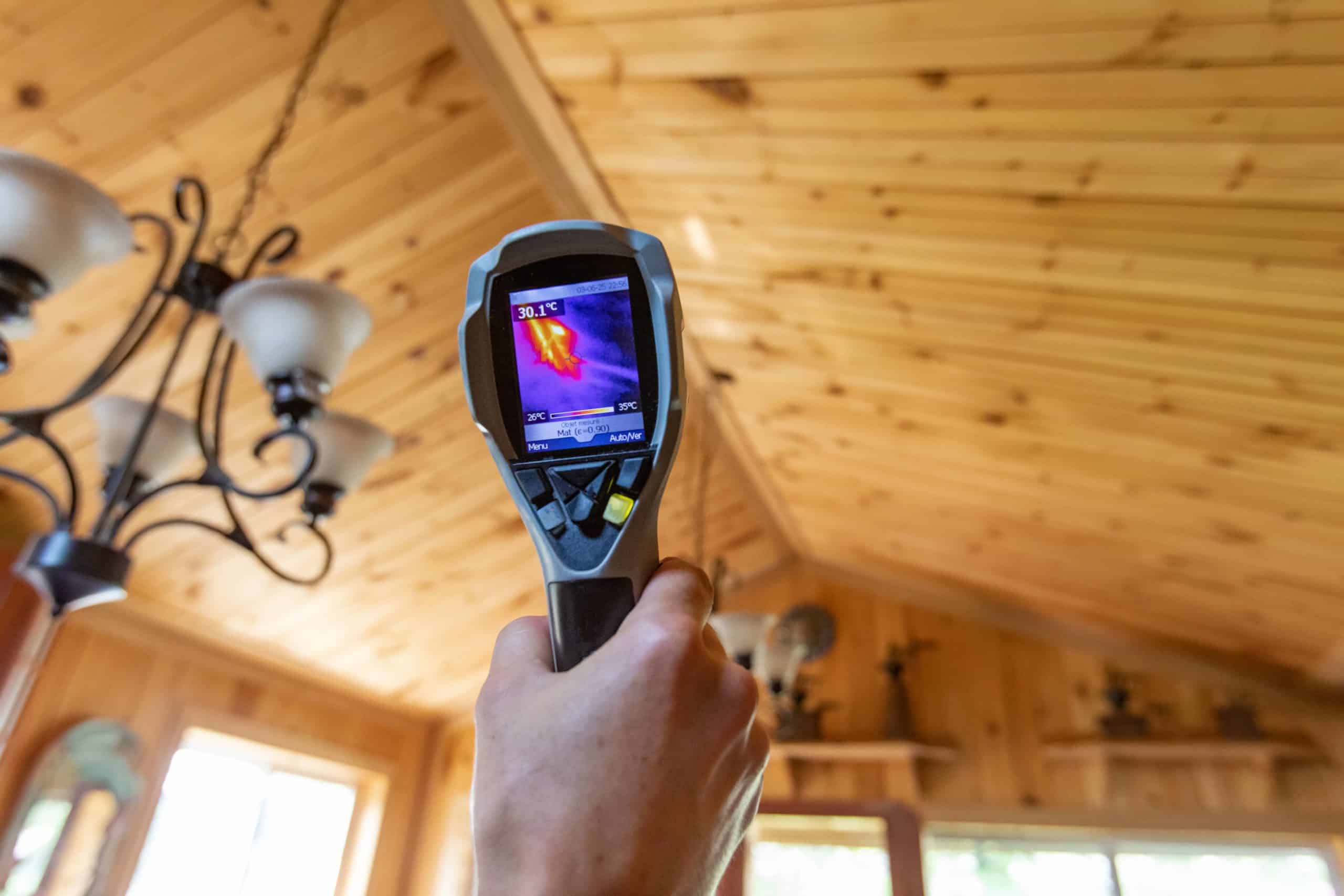

Home Maintenance
What Is Thermal Imaging In Home Inspection
Modified: March 6, 2024
Discover the benefits of thermal imaging in home inspection and how it can enhance your home maintenance routine. Gain valuable insights into hidden issues and ensure a safer, more efficient living environment.
(Many of the links in this article redirect to a specific reviewed product. Your purchase of these products through affiliate links helps to generate commission for Storables.com, at no extra cost. Learn more)
Introduction:
When it comes to maintaining and improving the safety and comfort of your home, having regular inspections is crucial. Home inspections help identify potential issues and allow for timely repairs, preventing them from turning into costly problems in the future.
One of the most advanced and effective methods used in home inspections is thermal imaging. This technology utilizes infrared technology to detect and analyze temperature variations in different areas of a property. By capturing images that show variations in heat patterns, thermal imaging can reveal hidden issues that may not be visible to the naked eye.
Thermal imaging in home inspections has become increasingly popular in recent years due to its ability to provide valuable insights into the condition of a property. Whether you are buying a new home, planning renovations, or simply want to ensure the overall well-being of your living space, understanding the basics of thermal imaging can help you make more informed decisions.
In this article, we will explore the concept of thermal imaging, how it works, its benefits, common applications, potential limitations, and how to choose a professional for thermal imaging home inspections.
Key Takeaways:
- Thermal imaging is like giving your home a superpower. It can see hidden problems like leaks, insulation issues, and even pests, helping you fix them before they become big, expensive headaches.
- Choosing a pro for thermal imaging is as important as the technology itself. Look for certified experts with top-notch equipment, clear communication, and a solid reputation to get reliable results.
Read more: What Are Thermal Insulated Curtains
Understanding Thermal Imaging:
Thermal imaging, also known as infrared thermography, is a non-invasive technique that allows for the detection and visualization of heat patterns. It is based on the principle that all objects emit thermal radiation known as infrared radiation. A thermal imaging camera captures this radiation and converts it into visible images, displaying the temperature variations across an object or surface.
The human eye can only perceive a limited range of the electromagnetic spectrum, primarily within the visible light spectrum. However, thermal imaging cameras can detect and display infrared radiation, which falls outside the visible light spectrum.
Thermal imaging can be used in various sectors, including the military, medical imaging, electrical inspections, and most notably, home inspections. In the context of homes, thermal imaging can help identify and assess issues related to energy efficiency, moisture intrusion, insulation flaws, structural defects, and even the presence of pests.
By capturing and analyzing thermal images, certified home inspectors can pinpoint potential problem areas and provide homeowners with valuable information for making necessary repairs or improvements.
It is essential to note that thermal imaging is not a magical tool that can see through walls or provide a definitive diagnosis of underlying issues. Instead, it is a valuable complement to visual inspections, offering an additional layer of information that may not be visible to the naked eye.
Now that we have a basic understanding of thermal imaging, let’s delve into how it works and the different components involved in this technology.
How Thermal Imaging Works:
Thermal imaging works by capturing the infrared radiation emitted by objects and converting it into visible images that represent temperature variations. This process involves several key components:
1. Thermal Imaging Camera: A specialized camera designed to detect and capture infrared radiation. It contains an infrared sensor that can detect temperature variations and convert them into electrical signals.
2. Infrared Sensor: The infrared sensor is the main component of the thermal imaging camera. It consists of an array of tiny sensors that can detect and measure the intensity of infrared radiation emitted by objects.
3. Image Processing Software: The electrical signals captured by the infrared sensor are sent to the image processing software, which analyzes and translates them into visible images.
4. Color Mapping: To make the thermal images more easily understandable, thermal cameras use color mapping. The software assigns different colors to different temperature ranges, allowing for a clear visualization of heat patterns across an object or surface.
When a thermal imaging camera is used during a home inspection, the inspector scans various areas of the property, including walls, ceilings, floors, windows, and doors. As the camera captures the infrared radiation emitted by these objects, it creates a thermal image that displays the variations in temperature.
Hot spots, cold spots, and temperature anomalies are evident in the resulting images. These variations can indicate potential issues such as energy loss, water leaks, faulty electrical connections, or insulation problems.
It’s important to note that the accuracy and reliability of thermal imaging depend on various factors, including the quality of the camera, environmental conditions, and the expertise of the inspector. A trained and certified professional is essential to interpret the thermal images correctly and provide accurate assessments of any detected issues.
Now that we have explored the inner workings of thermal imaging, let’s dive into the benefits of using this technology in home inspections.
Benefits of Thermal Imaging in Home Inspection:
Thermal imaging offers several significant benefits when used in home inspections. These benefits not only help homeowners in identifying potential issues but also provide them with valuable insights for making informed decisions. Here are some key advantages of thermal imaging:
- Early Detection of Problems: Thermal imaging can identify hidden issues that may not be apparent during a visual inspection alone. It can detect moisture intrusion, energy leaks, and insulation problems, allowing homeowners to address these issues early on before they escalate.
- Enhanced Accuracy: The use of thermal imaging provides a more accurate assessment of the condition of a property. It helps eliminate guesswork and provides concrete evidence of potential problems.
- Time and Cost Savings: By identifying issues early, thermal imaging can save homeowners both time and money. It allows for prompt repairs or adjustments, preventing further damage and costly repairs down the line.
- Efficient Energy Management: Thermal imaging can reveal energy leaks and insulation deficiencies in a home, helping homeowners improve energy efficiency and reduce utility costs. It allows for targeted improvements in areas that have the most significant impact on energy conservation.
- Non-invasive Inspection: Unlike traditional invasive methods, thermal imaging is non-destructive and non-intrusive. It doesn’t require drilling holes or removing wall coverings to identify potential issues, minimizing any disruption to the property.
- Comprehensive Inspection Coverage: Thermal imaging can assess large areas quickly, providing a comprehensive inspection of the property. It can help identify issues that may go unnoticed during a visual inspection alone, ensuring a thorough examination.
- Visual Documentation: Thermal imaging provides visual documentation of the inspection, allowing homeowners to see and understand the identified issues. This documentation can also be used for future reference or for communicating findings to contractors or insurance providers.
- Increased Peace of Mind: By utilizing the advanced technology of thermal imaging, homeowners can have greater peace of mind knowing that potential issues are being identified and addressed. This knowledge allows for a safer and more comfortable living environment.
These benefits highlight the value that thermal imaging brings to home inspections. Now, let’s explore some of the common applications of thermal imaging in the context of home inspections.
When hiring a home inspector, ask if they use thermal imaging. This technology can detect hidden issues like water leaks, insulation problems, and electrical hotspots, giving you a more comprehensive inspection.
Common Applications of Thermal Imaging in Home Inspection:
Thermal imaging has a wide range of applications in home inspections, enabling inspectors to detect and assess various types of issues. Here are some of the common applications of thermal imaging in the context of home inspections:
- Moisture Detection: Thermal imaging can identify moisture intrusion in walls, ceilings, and other areas of a property. It can detect hidden leaks, water damage, and potential mold growth, allowing homeowners to take appropriate measures to address these issues.
- Energy Efficiency Assessment: Thermal imaging is an effective tool for evaluating the energy efficiency of a home. It can detect areas of heat loss or insulation deficiencies, helping homeowners identify areas for improvement and increase energy conservation.
- Electrical Inspections: Thermal imaging can be used to detect faulty electrical components or connections. It can identify overloaded circuits, hotspots, or potential fire hazards, providing an extra layer of safety in the inspection process.
- Insulation Evaluation: By visualizing temperature variations, thermal imaging can assess the effectiveness of insulation inside walls, attics, and other areas. It can reveal inadequate insulation or areas of insulation gaps, enabling homeowners to optimize energy efficiency and comfort.
- Roof Inspections: Thermal imaging can identify areas of moisture or insulation problems on roofs. It can detect leaks or water damage that may not be visible from the ground, allowing homeowners to address these issues before they cause further damage.
- Pest Infestation Detection: Thermal imaging can detect the presence of pests such as rodents or termites by revealing their heat signatures. This can help homeowners take prompt action to address the infestation and prevent potential structural damage.
- Plumbing Issues: Thermal imaging can identify plumbing leaks or issues in walls, floors, or ceilings. It can detect temperature variations caused by water leaks, aiding in the early detection and repair of plumbing problems.
- HVAC Evaluation: Thermal imaging can assess the performance of heating, ventilation, and air conditioning (HVAC) systems. It can identify uneven heating or cooling patterns, potential duct leaks, or airflow issues, helping homeowners optimize their HVAC systems for better comfort and energy efficiency.
These common applications demonstrate the versatility and effectiveness of thermal imaging in home inspections. However, it’s important to be aware of the potential issues and limitations associated with this technology, which we will explore in the next section.
Read more: What Does A Thermal Printer Do
Potential Issues and Limitations of Thermal Imaging:
While thermal imaging is a powerful tool in home inspections, it does have some potential issues and limitations. It is important to be aware of these factors to ensure proper interpretation of thermal images and to set realistic expectations. Here are some considerations to keep in mind:
- Environmental Factors: The accuracy of thermal imaging can be affected by environmental conditions such as ambient temperature, humidity, and air movement. Extreme temperature differentials or external factors like direct sunlight can impact the accuracy of the thermal images.
- Surface Reflectivity: The reflective properties of surfaces can also affect thermal imaging. Highly reflective surfaces, such as shiny metal or glass, may not emit or capture infrared radiation effectively, leading to inaccurate readings or temperature variations.
- Depth Perception: Thermal imaging can only measure surface temperatures and cannot provide accurate readings of temperature variations within walls, floors, or other structures. It is important to understand that the thermal images only represent surface temperatures, and issues deeper within the structure may not be detected.
- Interpretation Skills: Interpreting thermal images correctly requires specialized training and expertise. Without proper knowledge and experience, it can be challenging to differentiate between normal temperature variations and potential issues. It is essential to rely on certified professionals who understand the nuances of thermal imaging.
- False Positives and Negatives: Thermal imaging can sometimes produce false positives or false negatives. A false positive occurs when a temperature variation is detected, but it doesn’t indicate a real issue. Similarly, a false negative can occur when an issue is present, but it goes undetected in the thermal image. Visual inspections and additional testing may be necessary to confirm and validate any findings.
- Limitations of Resolution: The level of detail captured in thermal images may vary depending on the resolution of the thermal imaging camera used. Lower resolution cameras may not provide the level of detail needed to accurately identify small or subtle issues.
- Cost: Thermal imaging cameras can be costly, and not all home inspectors may have access to high-quality equipment. It is important to choose a reputable and experienced professional with access to advanced thermal imaging technology.
Despite these limitations, it is important to remember that thermal imaging is still a valuable tool in the home inspection process. When used in conjunction with visual inspections and other diagnostic tools, it can provide valuable insights and help identify potential issues that may go unnoticed otherwise.
Now that we have discussed the potential limitations, let’s move on to understanding the importance of choosing a professional for thermal imaging home inspections.
Choosing a Professional for Thermal Imaging Home Inspections:
When it comes to thermal imaging home inspections, selecting a qualified and experienced professional is crucial to ensure accurate assessments and reliable results. Here are some key factors to consider when choosing a professional:
- Certification and Qualifications: Look for a home inspector who is certified and trained in thermal imaging. Certification from reputable organizations such as the International Association of Certified Home Inspectors (InterNACHI) ensures that the inspector has undergone proper training and adheres to industry standards.
- Experience and Expertise: Consider the experience and expertise of the professional in conducting thermal imaging inspections. Ask about their track record and references, and inquire about the number of inspections they have performed using thermal imaging technology.
- Quality Equipment: Verify that the professional uses high-quality thermal imaging equipment. Inquire about the type of camera they use and its resolution capabilities. Advanced equipment can provide more reliable and detailed thermal images.
- Complementary Inspection Methods: Thermal imaging should be used in conjunction with other inspection methods to provide a comprehensive assessment. A good professional will combine thermal imaging with visual inspections and may also use moisture meters, humidity detectors, and other diagnostic tools.
- Clear Reporting and Communication: Choose a professional who is able to clearly communicate the findings of the thermal imaging inspection in a detailed report. The report should include thermal images, explanations of the identified issues, and recommendations for further action if necessary.
- Reputation and Reviews: Research the reputation of the professional by reading reviews and testimonials from previous clients. Positive feedback and a proven track record indicate their reliability and professionalism.
- Insurance and Liability Coverage: Ensure that the professional carries liability insurance to protect against any unforeseen damages or issues that may occur during the inspection process.
- Continuing Education: Look for professionals who are committed to ongoing education and stay updated with the latest advancements in thermal imaging technology and techniques. This demonstrates their dedication to providing high-quality services.
By taking these factors into consideration, homeowners can select a qualified professional who can effectively utilize thermal imaging technology to assess their property. Remember, the expertise and knowledge of the professional conducting the thermal imaging inspection are as important as the technology itself.
Now, let’s conclude our discussion on the importance of thermal imaging in home inspections.
Conclusion:
Thermal imaging has revolutionized the field of home inspections, providing valuable insights into the condition of a property that may not be visible to the naked eye. By detecting temperature variations, thermal imaging can identify hidden issues such as moisture intrusion, energy leaks, insulation flaws, electrical problems, and even pest infestations.
Through early detection of problems, thermal imaging allows homeowners to take prompt action and prevent potential issues from escalating into costly repairs. It offers enhanced accuracy, time and cost savings, and increased energy efficiency, making it a valuable tool for maintaining the safety, comfort, and longevity of a home.
It is important to understand that thermal imaging does have some limitations. Factors such as environmental conditions, reflective surfaces, and the need for interpretation skills can impact the accuracy of thermal images. However, when used in conjunction with visual inspections and other diagnostic methods, thermal imaging provides comprehensive and reliable assessments.
Choosing a qualified professional for thermal imaging home inspections is crucial. Look for certifications, experience, quality equipment, clear reporting, and a good reputation. Selecting the right professional helps ensure accurate assessments and reliable results.
Overall, thermal imaging is a powerful tool that can greatly benefit homeowners in understanding the condition of their property. It allows for proactive maintenance, energy efficiency improvements, and the prevention of potential issues. By incorporating thermal imaging into the home inspection process, homeowners can make informed decisions that lead to a safer, more comfortable, and more cost-effective living environment.
So, when it comes to maintaining your home, consider adding thermal imaging to your inspection toolkit and experience the many benefits this advanced technology has to offer.
Frequently Asked Questions about What Is Thermal Imaging In Home Inspection
Was this page helpful?
At Storables.com, we guarantee accurate and reliable information. Our content, validated by Expert Board Contributors, is crafted following stringent Editorial Policies. We're committed to providing you with well-researched, expert-backed insights for all your informational needs.
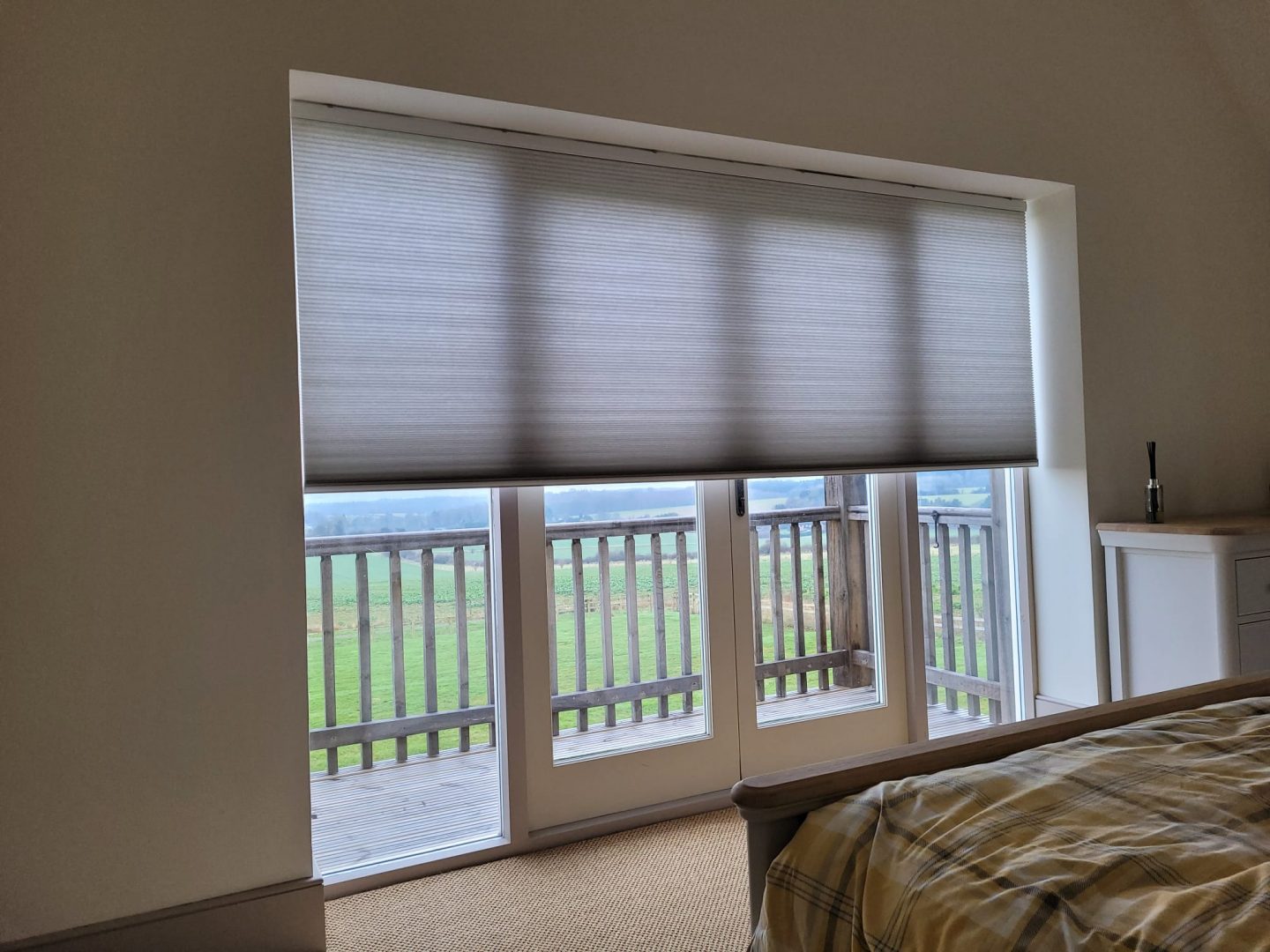
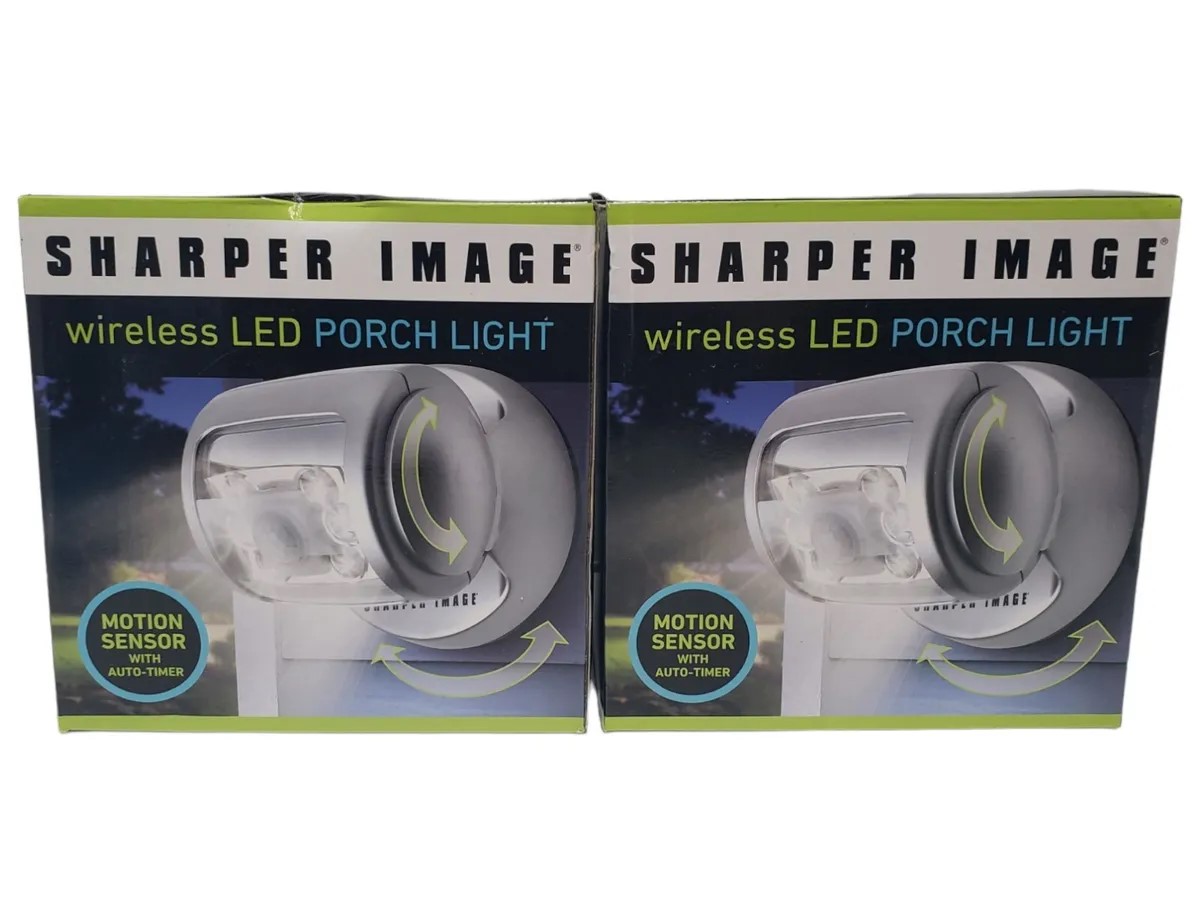
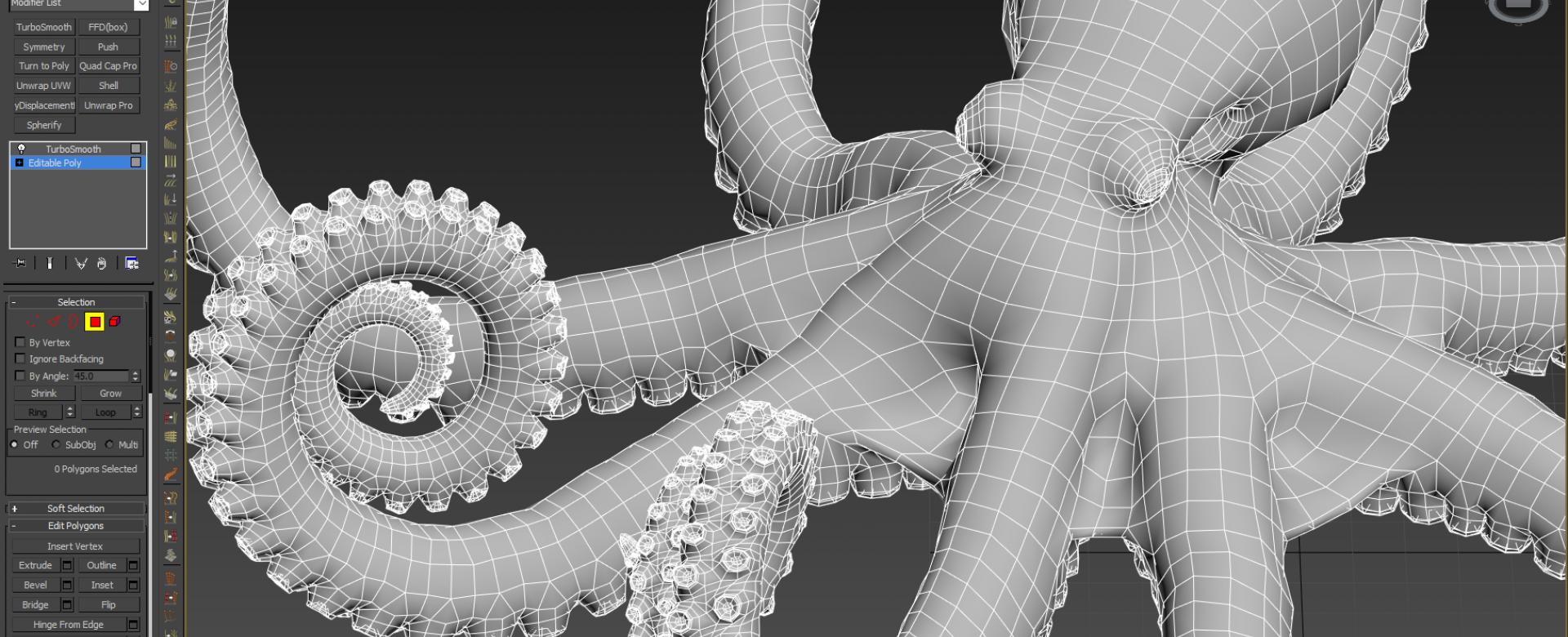
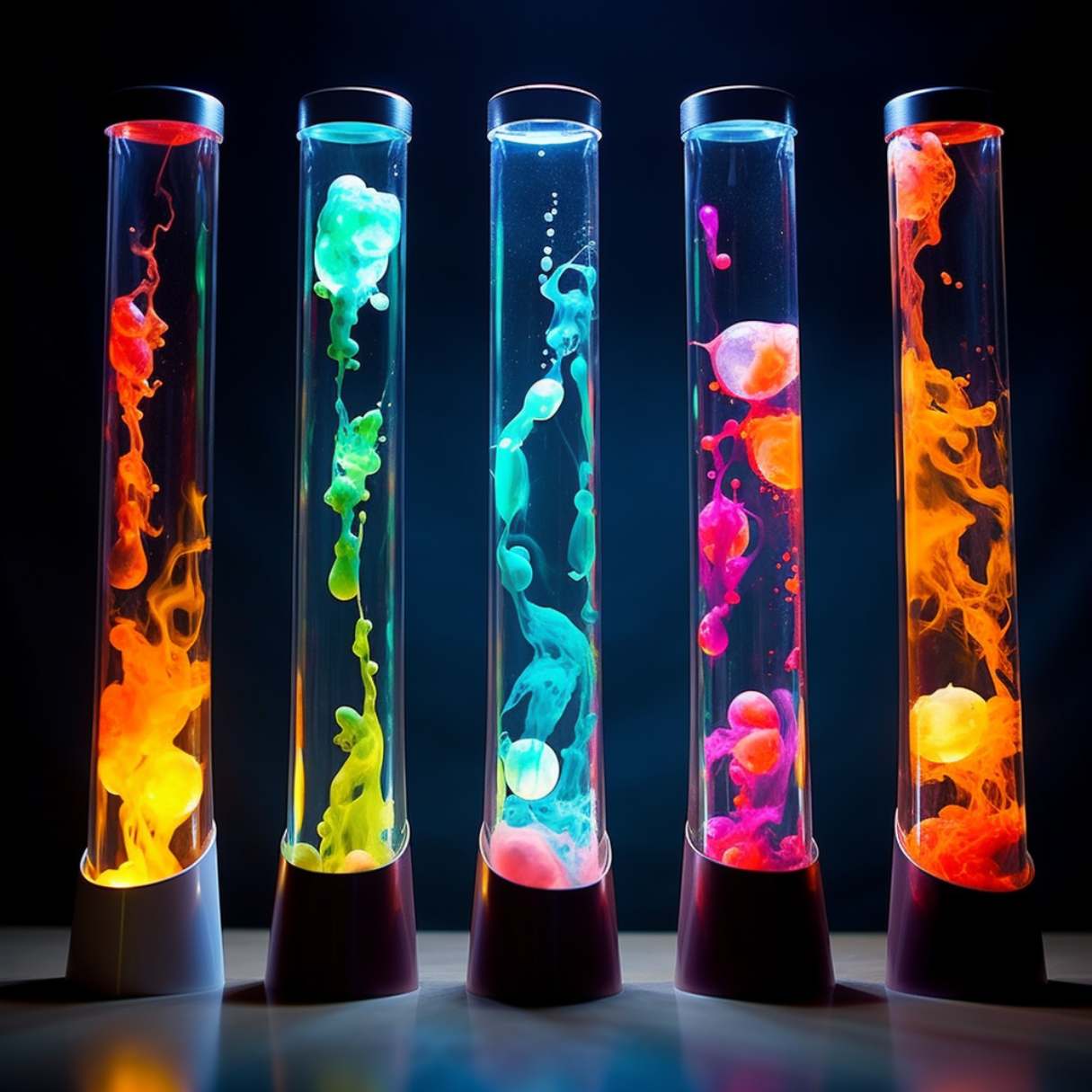
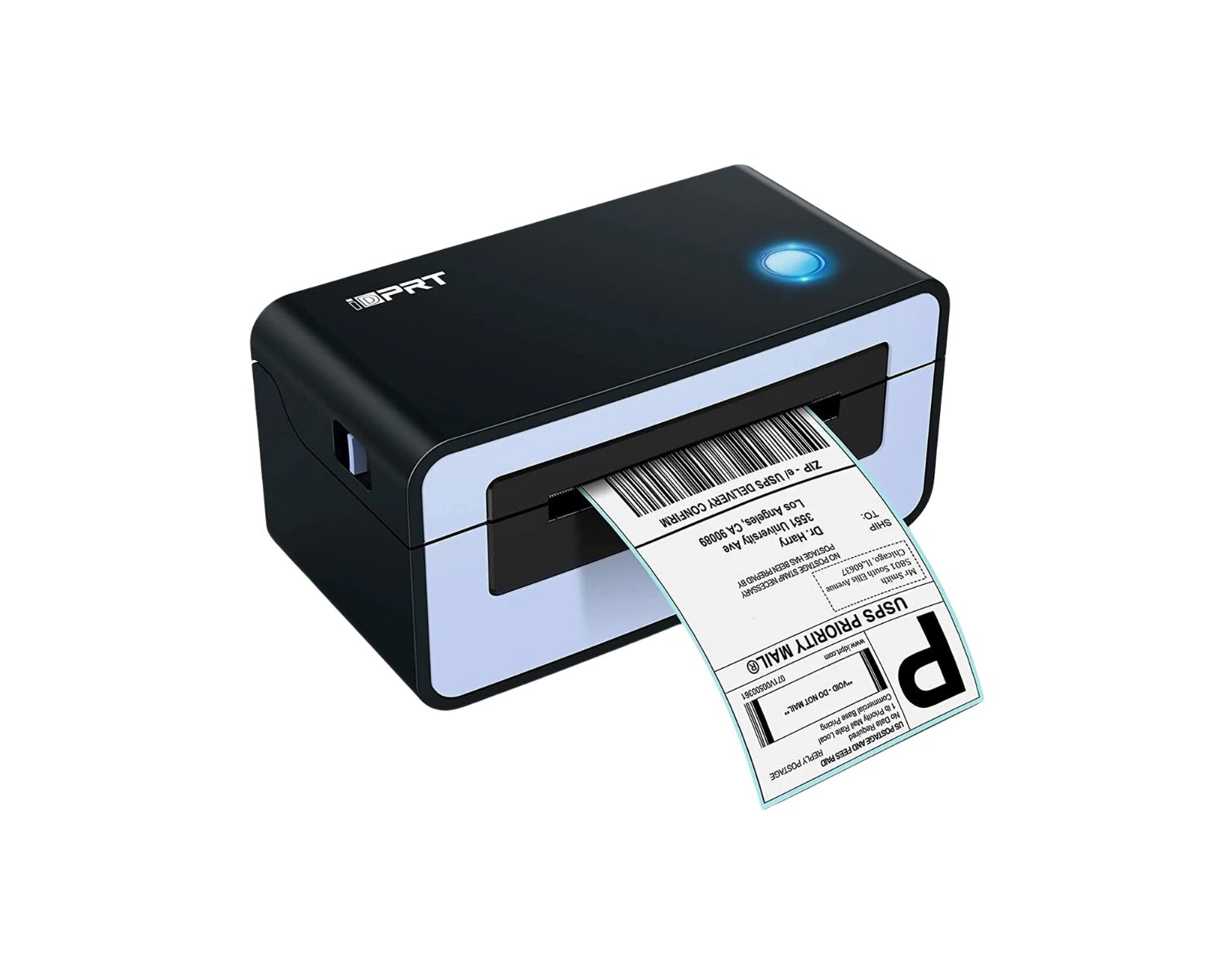

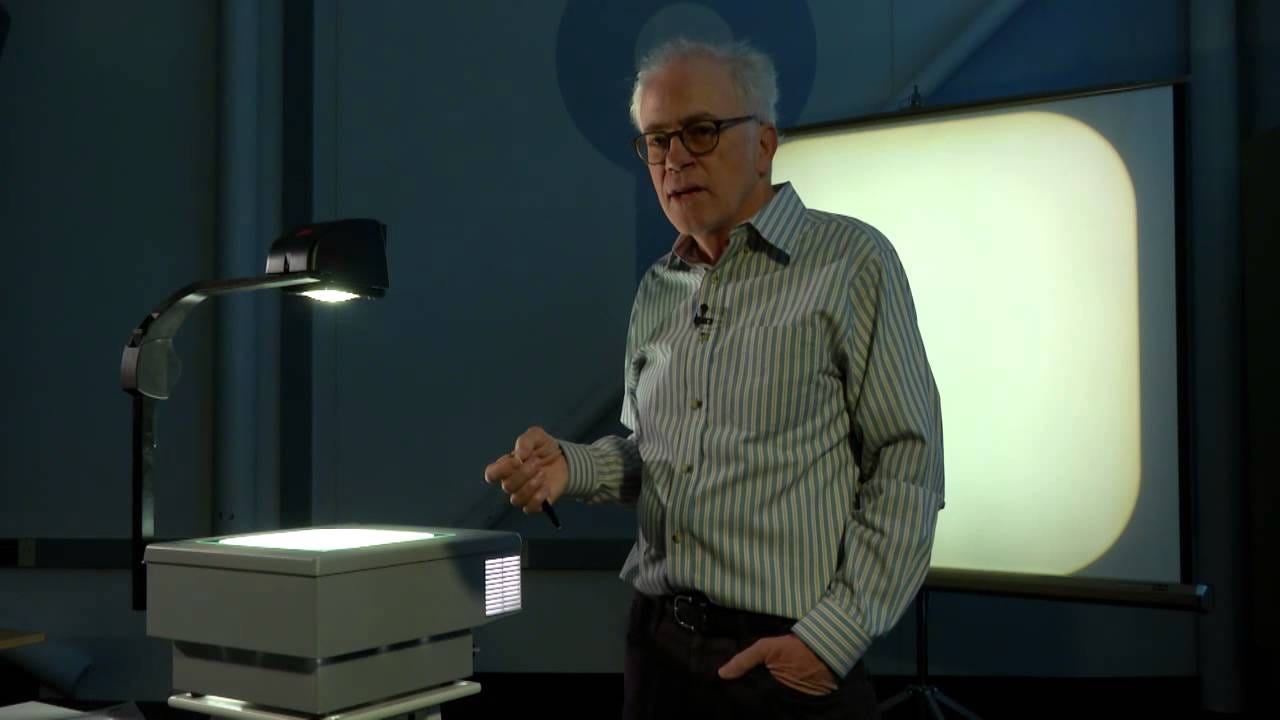
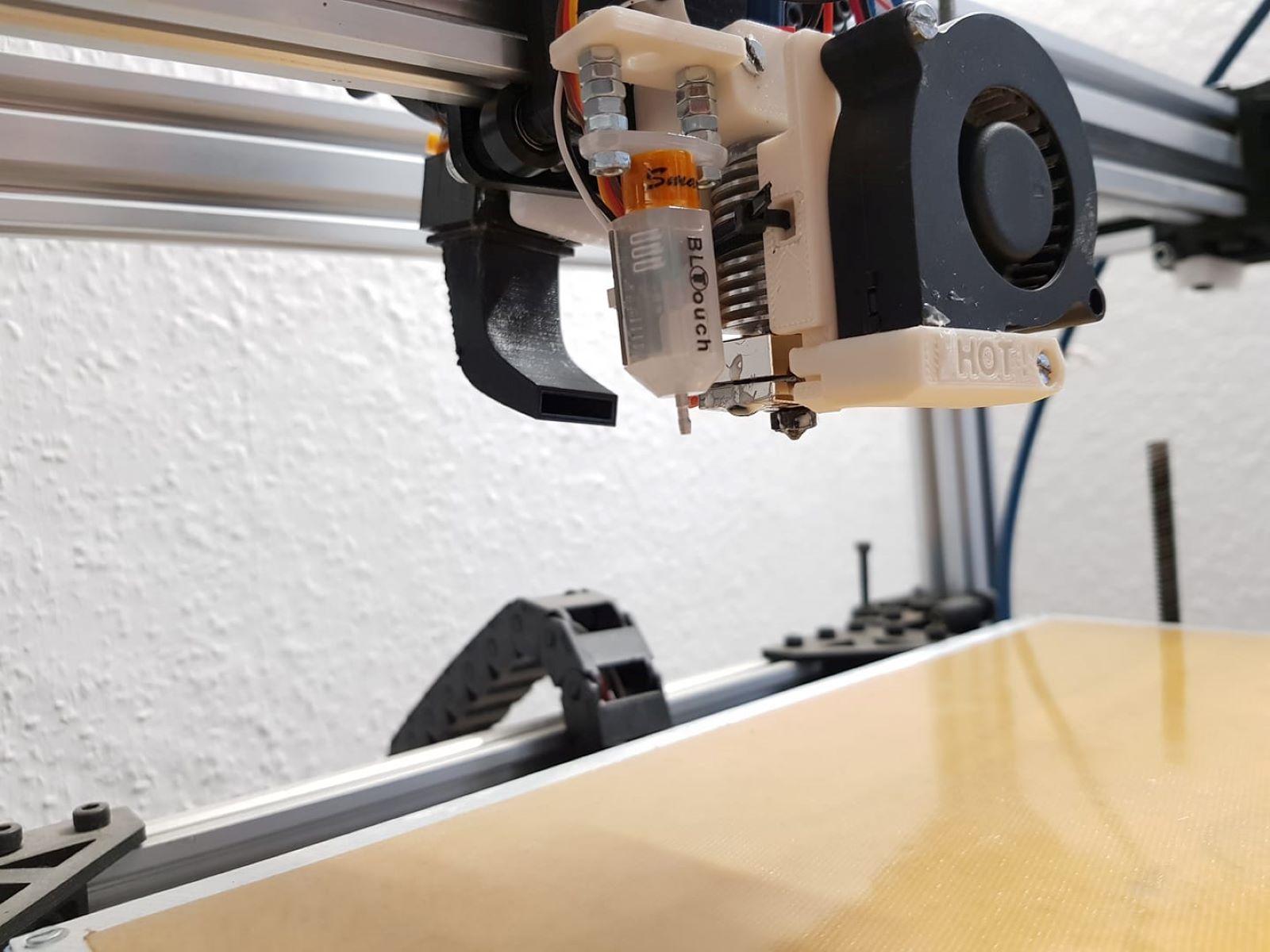
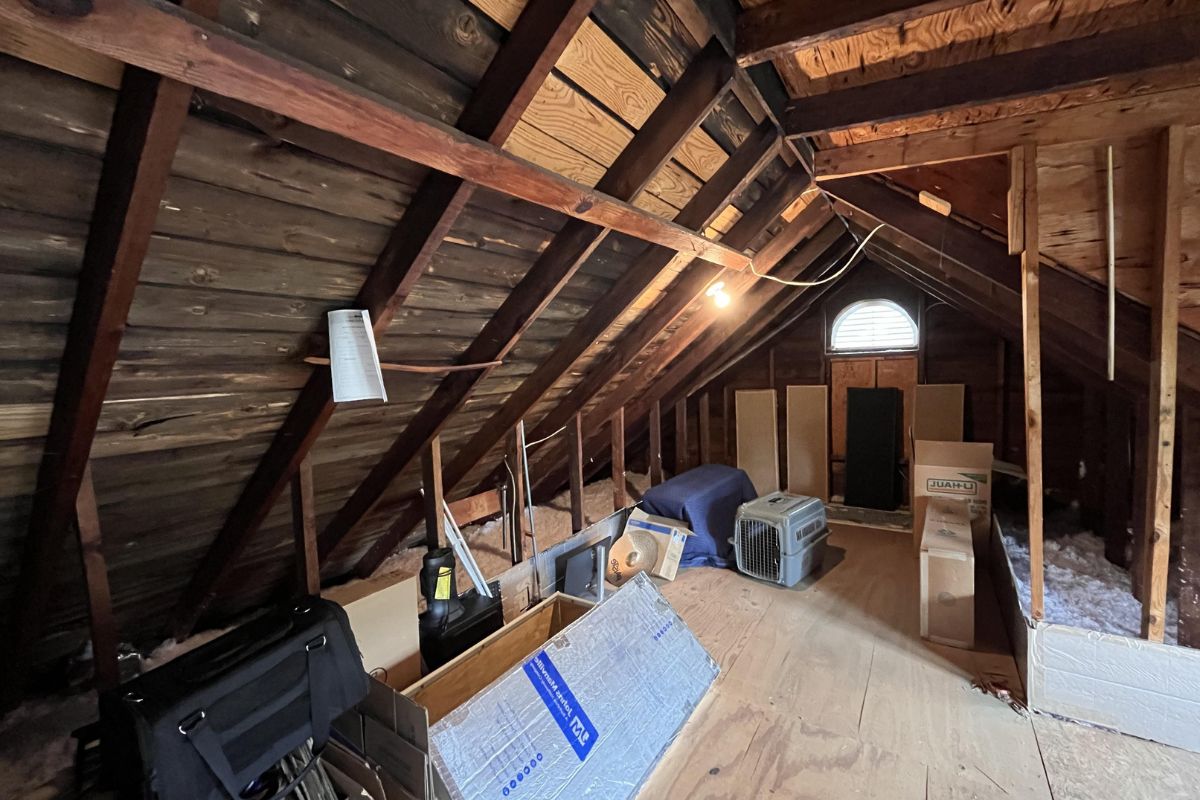
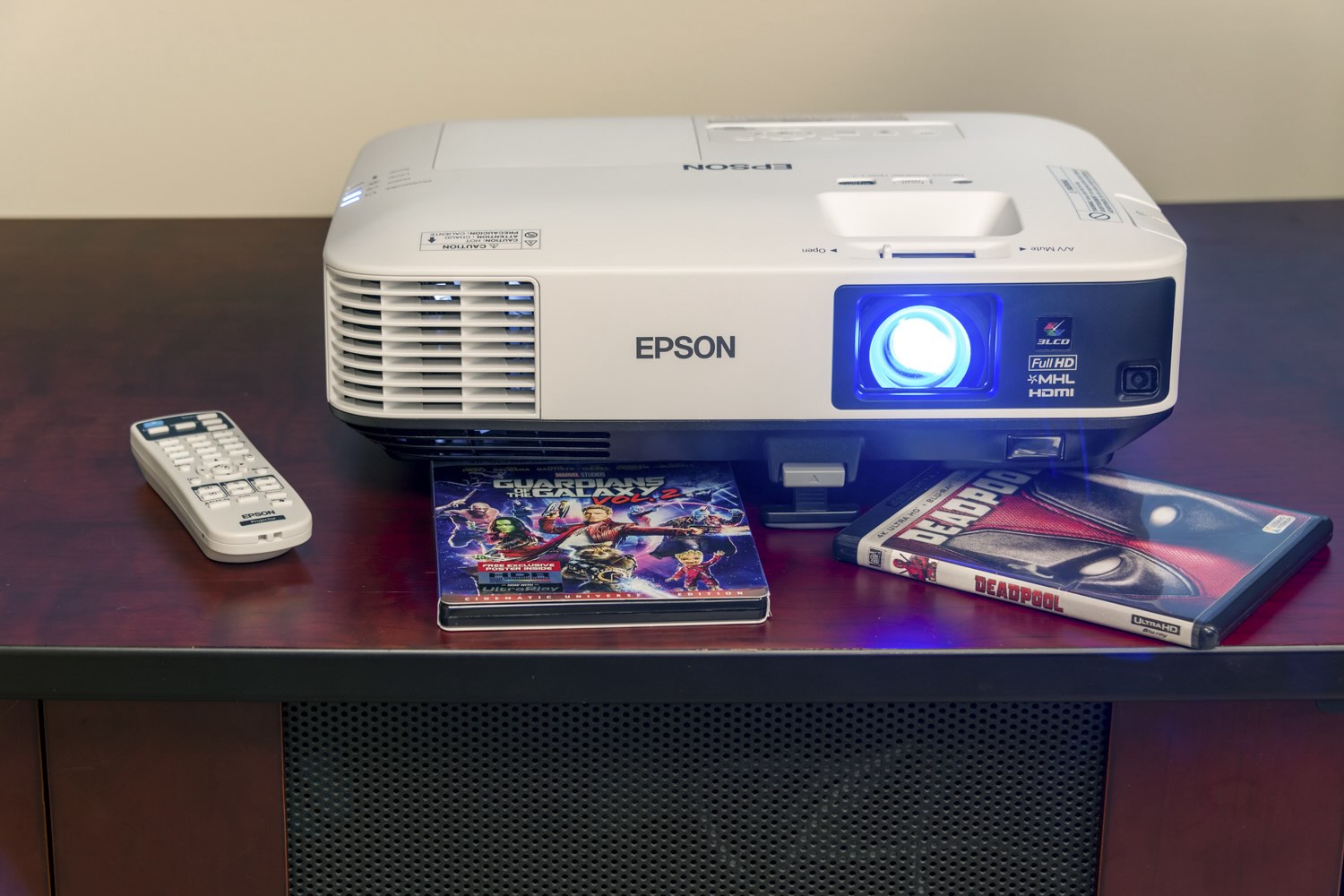


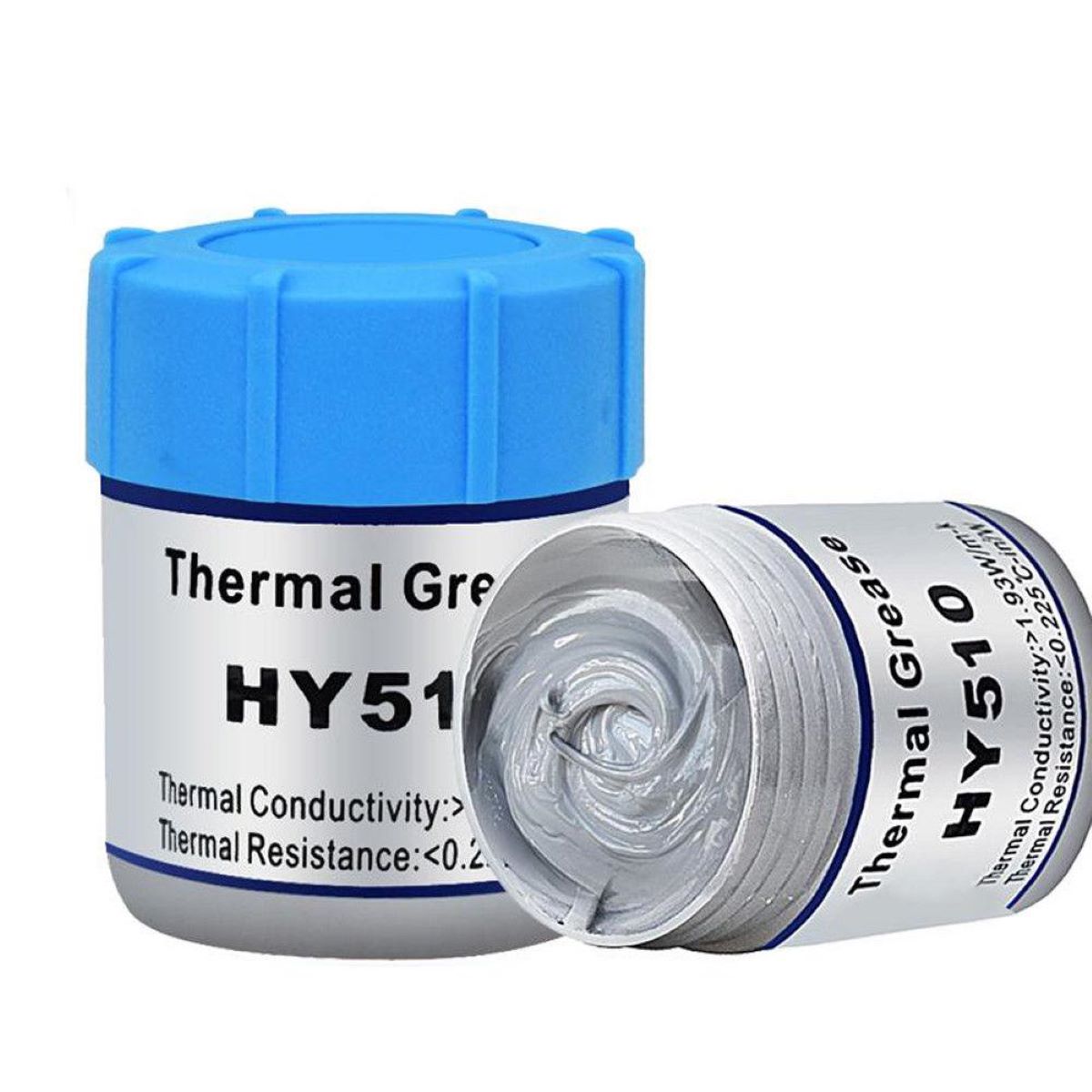


0 thoughts on “What Is Thermal Imaging In Home Inspection”